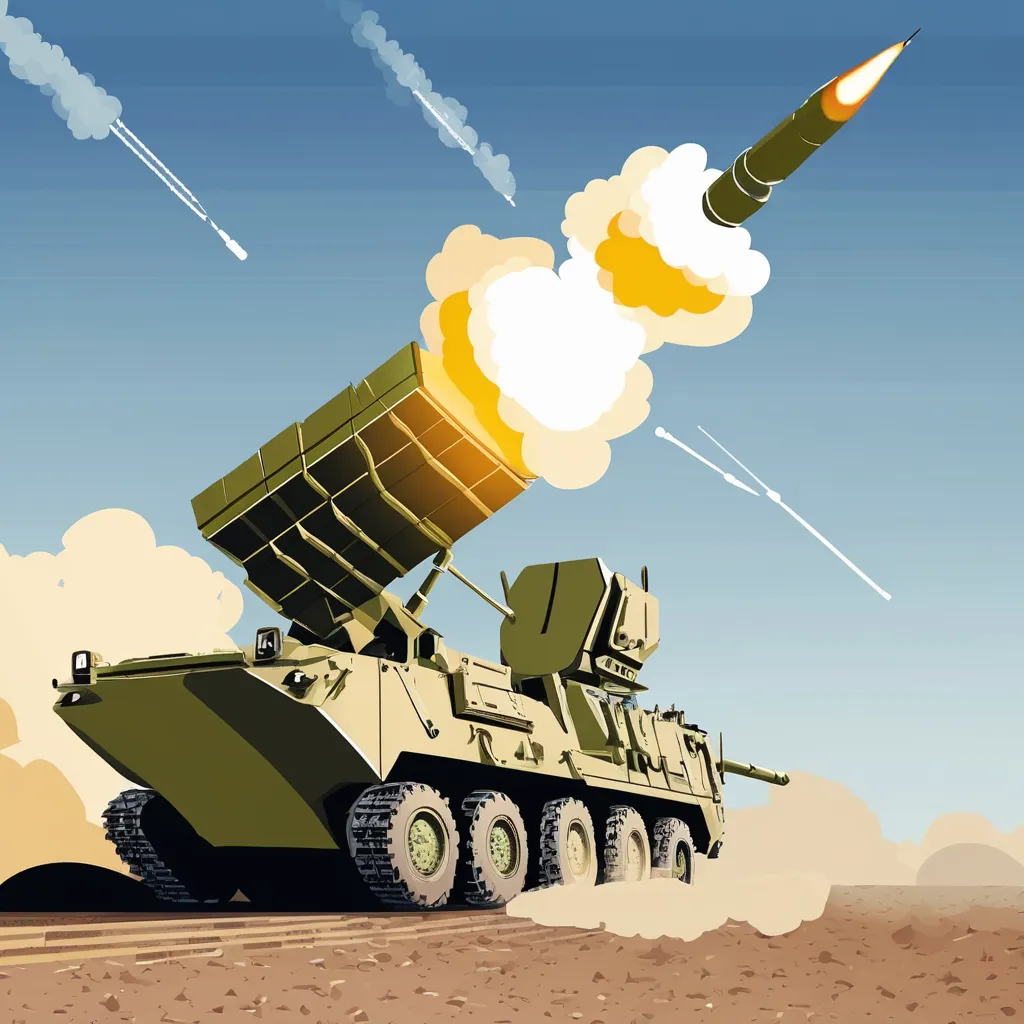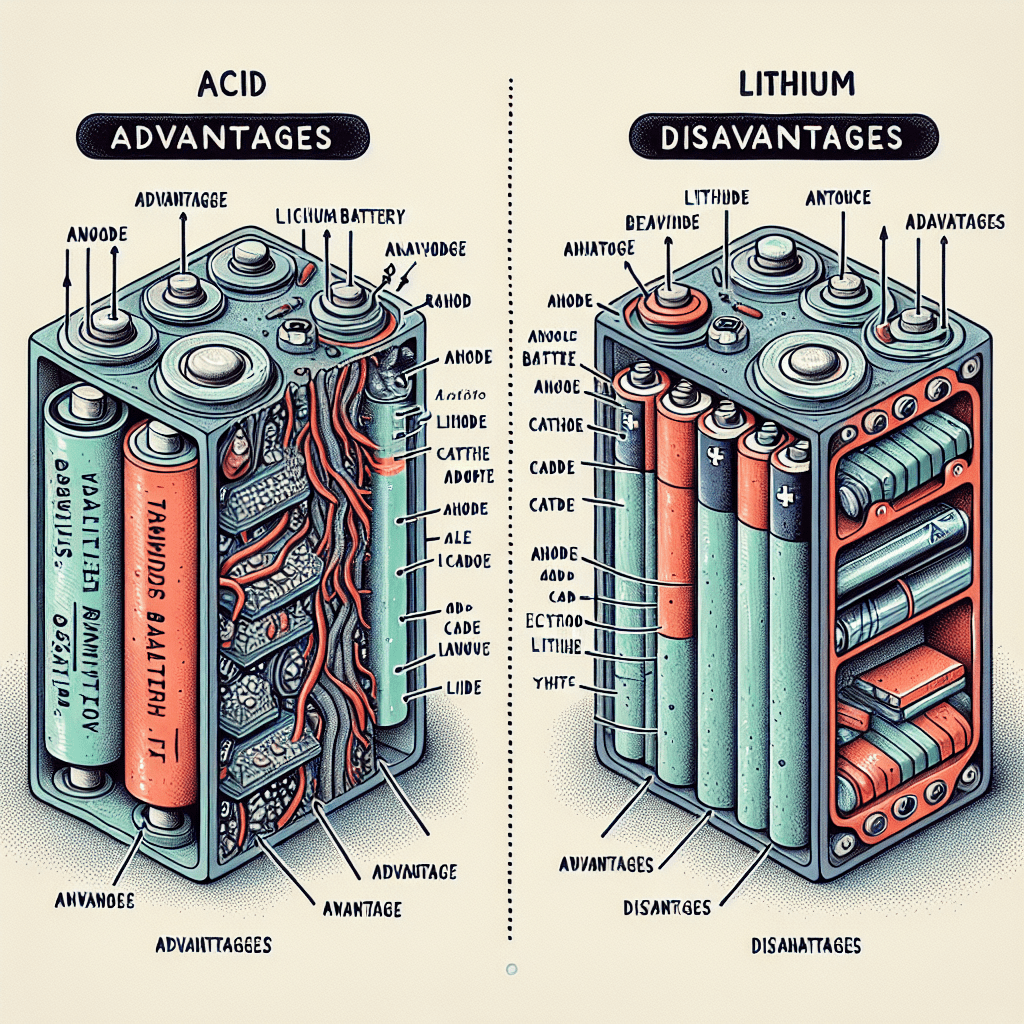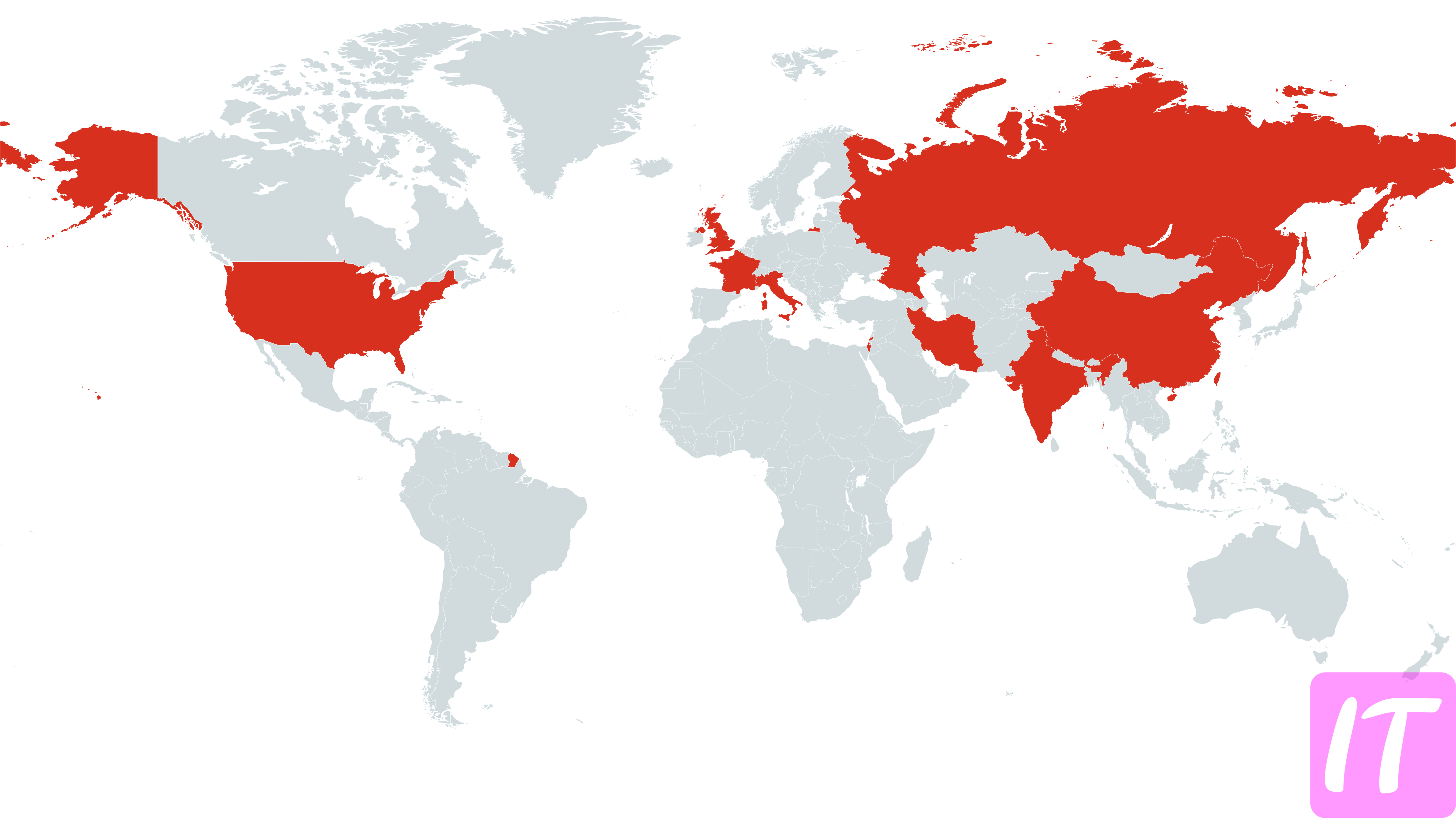ITEACH.TOP | LEARN EVERYTHING
Introduction to Air Defense Systems: A Comparative Analysis
Modern air defense systems are crucial for national security, protecting nations from aerial threats such as aircraft, missiles, and drones. Two countries excelling in air defense technologies are Israel and Russia, each with advanced and distinct systems that reflect their geopolitical needs and strategic priorities. By focusing on the strengths and innovations of Israeli and Russian air defense, this article aims to provide a comprehensive comparative analysis of their capabilities and effectiveness.
A comparison of air defense systems from Israel and Russia reveals a fascinating intersection of technological innovation, strategic deployment, and operational readiness. Israel’s air defense primarily focuses on protecting a densely populated, small geographical area from regional threats. Russia, on the other hand, must cover an expansive territory with a different set of adversaries, necessitating different technological and tactical approaches.
This detailed examination will delve into the historical development, key features, and battlefield performances of systems like Israel’s Iron Dome, David’s Sling, and Russia’s S-400 Triumph. Alongside this, we will explore aspects such as radar and missile technologies, operational readiness, cost-effectiveness, and global strategic implications, providing a holistic view of these two advanced air defense systems.
Historical Background of Israeli Air Defense Systems
Israel’s journey to develop robust air defense systems began after the harrowing experiences of missile attacks during various conflicts, particularly the Yom Kippur War in 1973. The necessity for advanced air defense became more pronounced over the years as the country faced missile and rocket threats from neighboring regions. The continuous evolution of threats compelled Israel to invest heavily in research and development of indigenous defense technologies.
In the 1990s, Israel began conceptualizing the Iron Dome system, which came into operational service in 2011. The Iron Dome became a cornerstone of Israel’s multi-layered air defense strategy, designed to intercept short-range rockets and artillery shells. The system’s success in various military engagements has positioned Israel as a leader in air defense technology.
Alongside the Iron Dome, Israel also developed other layers of its defense strategy, such as David’s Sling and Arrow systems. These technologies aim to tackle medium to long-range missiles and highlight Israel’s comprehensive approach to creating a robust and layered air defense shield.
Evolution of Russian Air Defense Technologies
Russia’s air defense capabilities have roots tracing back to the Cold War era, where the need to protect its vast territories from potential NATO air strikes was essential. Over decades, Russia has retained a focus on developing sophisticated surface-to-air missile systems, which have become progressively more advanced to counter newer aerial threats.
One of the significant milestones in Russian air defense was the introduction of the S-300 series in the 1970s, which provided robust defense against a multiplicity of threats, including aircraft and ballistic missiles. This was followed by the more advanced S-400 Triumph system, which entered service in 2007. The S-400 system brought substantial improvements in range, detection capabilities, and the ability to engage multiple targets simultaneously.
The continued evolution of Russian air defense also saw the development of complementary systems such as the Pantsir-S1, which adds a layer of close-range defense. These advancements highlight Russia’s commitment to maintaining a comprehensive and highly capable air defense infrastructure, designed to safeguard its extensive geography and strategic assets.
Key Features of Israel’s Iron Dome
The Iron Dome system stands out due to its unique functionality and effectiveness, specifically designed to counter short-range rockets and artillery shells. Its main feature is the highly responsive and automated nature of its operations, capable of detecting, intercepting, and destroying incoming threats within seconds of launch.
Central to the Iron Dome’s success is its radar and Tamir interceptor missiles, which work in synergy to identify and neutralize threats. The radar system detects and tracks incoming projectiles, while the battle management and weapon control (BMC) system calculates the trajectory and decides the most effective intercept point. The Tamir interceptors then launch to destroy the target mid-air, ensuring minimal collateral damage.
Another key advantage of the Iron Dome is its mobility and deployability. The system’s components can be quickly relocated to address emerging threat areas, providing flexibility in defense strategy. This agility, combined with its high success rate in combat scenarios, has reinforced the Iron Dome as an essential component of Israel’s national defense.
S-400 Triumph: Russia’s Premier Air Defense System
The S-400 Triumph is often regarded as one of the most advanced air defense systems globally, with several distinctive features that bolster its effectiveness. Its capability to engage a wide range of targets, from aircraft to ballistic and cruise missiles, sets it apart from many existing systems.
One of the primary strengths of the S-400 is its long-range surveillance and targeting capabilities. The system can detect targets up to 600 kilometers away, with the engagement range for intercepting threats extending up to 400 kilometers. This long-range effectiveness ensures that potential threats can be neutralized before they get close to critical areas.
Additionally, the S-400 can utilize multiple types of interceptor missiles, each optimized for engaging different kinds of threats. This multi-tiered approach allows it to effectively deal with various targets simultaneously, enhancing its operational versatility. The radar and command systems of the S-400 further integrate with other Russian defense networks, providing a cohesive and comprehensive defense infrastructure.
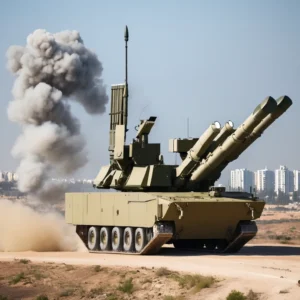
Israel’s David’s Sling: Capabilities and Innovations
David’s Sling is a critical component of Israel’s multi-layered air defense, designed to intercept medium to long-range rockets, missiles, and enemy aircraft. Developed as a collaboration between Israel’s Rafael Advanced Defense Systems and the American defense contractor Raytheon, it serves as the mid-tier defense layer, bridging the gap between the Iron Dome and the Arrow system.
One of the standout capabilities of David’s Sling is its Stunner interceptor missile. The Stunner is capable of high-g maneuvers to engage agile targets, making it particularly effective against tactical ballistic missiles and advanced aircraft. It employs a sophisticated hit-to-kill approach, enhancing its interception accuracy and reducing the risk of collateral damage.
Innovation in radar technology is another key feature of David’s Sling. The system uses advanced multi-mission radar (MMR) to detect and track threats with high precision. This radar capability, combined with sophisticated fire control systems, ensures rapid response times and effective target engagement. David’s Sling represents a significant leap in missile defense technology, reflecting Israel’s commitment to advancing its national security infrastructure.
Comparing the Iron Dome and S-400 Missile Systems
When comparing the Iron Dome and S-400 Triumph, it’s essential to recognize the different operational contexts and design objectives of each system. The Iron Dome’s primary focus is on short-range threats, such as artillery shells and unguided rockets aimed at populated areas. Its strength lies in its rapid response time, high interception rate, and cost-effectiveness in dealing with low-cost threats.
In contrast, the S-400 Triumph is engineered to operate over wide ranges and against a broad spectrum of threats, including aircraft, ballistic missiles, and cruise missiles. The S-400’s long-range engagement capability and versatility in using different types of interceptor missiles enhance its strategic defense role, suitable for protecting vast areas and critical installations.
While the Iron Dome excels in tactical, localized air defense, focusing on protecting civilian areas from immediate threats, the S-400’s strategic design aims at comprehensive threat neutralization over extensive geographic regions. Each system represents the pinnacle of air defense in their respective domains, tailored to their nations’ unique security requirements.
Interceptor Missile Technologies: Israel vs. Russia
Israel’s interceptor missile technology, as exemplified by the Iron Dome’s Tamir missile and David’s Sling’s Stunner interceptor, emphasizes agility and precision. The Tamir missile is designed for cost-effective yet highly accurate interceptions of short-range threats. Meanwhile, the Stunner missile’s hit-to-kill approach in David’s Sling program allows for high-precision interceptions of more advanced and maneuverable targets.
Russia’s interceptor technology, represented by the S-400’s family of missiles such as the 48N6 and 40N6, focuses on long-range interception and versatility in threat engagement. These missiles are designed to cover vast areas and engage high-speed targets at different altitudes. The 40N6 missile, for example, can strike targets up to 400 kilometers away, showcasing Russia’s focus on long-range defense capabilities.
While Israeli interceptors are optimized for quick, tactical engagements and cost efficiency, Russian missiles offer strategic depth and versatility in operations. Both nations excel in tailoring their missile technologies to their specific defense scenarios, reflecting differing strategic priorities and geographical considerations.
Radar Systems: Spotting and Tracking the Threat
Effective air defense relies heavily on advanced radar systems, and both Israel and Russia have developed highly sophisticated radar technologies to enhance their defense capabilities. Israel’s radar systems, such as the Multi-Mission Radar (MMR) used in the Iron Dome, are designed for rapid detection and tracking of a high volume of short-range threats. The MMR’s ability to track and discriminate between multiple incoming projectiles ensures effective target prioritization and interception.
Russia’s radar technology, integrated into systems like the S-400, offers long-range tracking capabilities with advanced electronic counter-countermeasure (ECCM) features. The S-400’s radar can detect and track aircraft, ballistic missiles, and stealth targets, providing a robust early warning and engagement capability. Its layered radar network enhances situational awareness and allows seamless integration with other air defense assets.
Both countries emphasize multi-layered radar systems to improve threat detection and response times. While Israel’s radar innovations focus on rapid, tactical engagement, Russian radar systems prioritize long-range surveillance and comprehensive situational awareness, reflecting differing strategic applications but equally sophisticated technology.
Operational Readiness and Deployment: Israel’s Perspective
Israel’s operational readiness in air defense is characterized by its capacity to respond swiftly to immediate threats. The Iron Dome, for example, is designed for rapid deployment and high mobility, allowing it to be positioned quickly in response to shifting threat landscapes. Its interoperability within Israel’s overall defense network ensures swift communication and coordination during engagements.
Another aspect of Israel’s operational strategy is the integration of air defense systems with real-time intelligence. The Iron Dome and other defense layers like David’s Sling benefit from sophisticated command-and-control (C2) systems that facilitate quick decision-making and resource allocation. Coordination with Israel’s intelligence apparatus enables proactive threat neutralization.
Deployment versatility is also a hallmark of Israel’s strategy. Air defense systems are dispersed across multiple locations to protect high-value civilian and military assets. The ability to relocate defense units rapidly ensures coverage of vulnerable areas, maintaining high operational readiness and adaptability in the face of dynamic security threats.
Russia’s Strategic Deployment of Air Defense Units
Russia’s approach to the strategic deployment of air defense units emphasizes protection of key military and governmental infrastructure across its vast territory. The deployment strategy involves positioning the S-400 systems around significant cities, military bases, and strategic installations, ensuring layered defense against potential aerial incursions.
The extensive range of the S-400’s radar and missile systems enables Russia to cover large geographic areas with a smaller number of units. This strategic placement ensures that critical regions across the country remain under a protective air defense umbrella, enhancing national security and deterrence capabilities.
Russia also emphasizes integrated defense levels, connecting the S-400 units with older systems like the S-300 and newer short-range systems like the Pantsir-S1. This ensures a multi-layered defense network capable of responding to various threats at different ranges and altitudes. The strategic arrangement of these units aligns with Russia’s doctrine of robust and resilient air defense across its expansive and strategically diverse territory.
Cost-Effectiveness of Israeli vs. Russian Air Defense
The cost-effectiveness of air defense systems is a critical consideration for both Israel and Russia. The Iron Dome stands out as a cost-effective solution against inexpensive short-range projectiles. By selectively intercepting only those threats aimed at populated areas, it optimizes operational costs and conserves valuable interceptor missiles, making it economically efficient in countering mass, low-cost attacks.
In contrast, the S-400 system, while highly capable and versatile, involves significant investment in development, deployment, and maintenance. The long-range capabilities and sophisticated technology come with higher costs, reflecting Russia’s emphasis on comprehensive strategic defense over large territories. However, its ability to engage a wide variety of threats justifies the investment.
Thus, while the Iron Dome offers a cost-effective solution for frequent, low-cost threats in a compact operational theater, the S-400 provides value through its extensive coverage and versatile threat engagement capabilities, albeit at a higher operational cost. Each system’s cost-effectiveness aligns with the strategic and economic imperatives of their respective nations.
Battlefield Performance: Case Studies and Scenarios
The Iron Dome has demonstrated its effectiveness in real-world scenarios, intercepting thousands of rockets and artillery shells fired during conflicts along Israel’s borders. Its high success rate in these engagements has validated its role as an essential component of Israel’s defense strategy, instilling confidence in its operational reliability and tactical efficacy.
Similarly, the S-400 system has showcased its performance in various military exercises and real threats. Deployed in regions like Syria, it has provided a robust air defense against diverse aerial threats, demonstrating its long-range engagement capabilities and interoperability with other Russian defense assets. These deployments highlight the S-400’s strategic importance in maintaining air superiority.
Comparative analysis of these battlefield performances reveals that while the Iron Dome excels in countering short-range, high-volume attacks, the S-400 thrives in extensive, strategic defense scenarios. Each system’s demonstrated effectiveness in their respective operational contexts underscores their pivotal roles in national and regional security architectures.
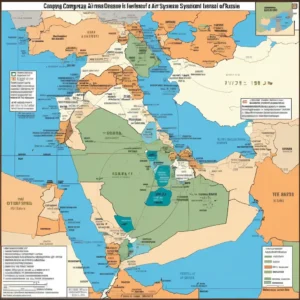
International Collaborations and Partnerships in Air Defense
International collaboration plays a vital role in advancing and refining air defense technologies. Israel’s partnerships, particularly with the United States, have significantly contributed to the development and enhancement of systems like David’s Sling, which benefited from US technological support and shared defense research. These collaborations enhance Israel’s defensive capabilities and foster innovation.
Russia, while traditionally more self-reliant in defense technology development, has engaged in strategic partnerships and arms trade with countries such as China, India, and Turkey. The export of the S-400 systems to these nations not only bolsters Russia’s defense industry but also extends its influence and strategic footprint globally. Collaborative defense exercises further augment mutual understanding and operational synergy.
Such international collaborations and partnerships enable both Israel and Russia to integrate diverse technological advancements and geopolitical alignments into their air defense strategies. These relationships play a crucial role in sustaining and evolving air defense capabilities, reflecting the global nature of modern military technology development.
Technological Advancements and Future Prospects
The pursuit of technological advancements continues to drive the evolution of air defense systems in both Israel and Russia. Israel is investing in next-generation defense technologies, such as directed energy weapons (DEW) and advanced UAV (unmanned aerial vehicle) defenses, aiming to augment existing systems and address emerging threats. These innovations have the potential to redefine interception capabilities and operational strategies.
Russia, in parallel, is developing its next iteration of air defense systems, such as the S-500 Prometey, designed to extend capabilities further afield with enhanced anti-ballistic missile, anti-hypersonic, and anti-satellite operations. The integration of advanced artificial intelligence (AI) for threat analysis and response automation is also a key focus area, promising to enhance the responsiveness and effectiveness of air defense systems.
Both nations’ continuous investment in R&D reflects their commitment to maintaining a technological edge. With increasing aerial and missile threats, advancements in sensor technology, AI-driven decision-making, and next-gen interceptors will play pivotal roles in shaping the future landscape of air defense.
Electronic Warfare: A Crucial Component of Modern Air Defense
In the realm of modern air defense, electronic warfare (EW) capabilities are indispensable. Israel’s air defense systems incorporate advanced EW measures to detect, jam, and neutralize enemy radar and communications. These capabilities ensure the survivability and effectiveness of systems like the Iron Dome, enhancing their ability to operate in contested electromagnetic environments.
Russia’s air defense infrastructure also emphasizes robust EW tactics, with systems like the Krasukha-4 electronic warfare system designed to disrupt enemy reconnaissance and targeting operations. Integrated with the S-400, these EW capabilities can significantly degrade the effectiveness of incoming threats, providing an additional layer of defense.
The integration of EW into air defense strategies highlights the dynamic and multifaceted nature of modern aerial threat environments. Both Israel and Russia recognize the importance of EW in ensuring the operational success of their air defense systems, making it a critical component in their defense arsenals.
Reliability and Maintenance: How Israel and Russia Compare
Operational reliability and ease of maintenance are critical for ensuring the ongoing effectiveness of air defense systems. Israel places a strong emphasis on the reliability of its systems, like the Iron Dome, which is designed for rapid repairs and high availability. The modular design of its components facilitates quick replacement and minimal downtime, ensuring continuous operational readiness.
Russia’s air defense systems, characterized by the S-400, also prioritize reliability but in the context of long-term strategic deployment. The robust engineering and redundancy in systems ensure that they can perform effectively over extended periods, even under challenging conditions. Maintenance protocols are structured to support these systems’ longevity and sustained operational capability.
Comparing the two, Israel’s air defense systems focus on high-intensity, short-duration engagements, requiring quick maintenance and high operational uptime. Russia’s systems are engineered for durability and sustained operations across diverse and often harsh environments, reflecting their strategic deployment mandates. Both approaches address their respective operational requirements effectively.
Cybersecurity Considerations in Air Defense
In the digital age, cybersecurity is a cornerstone of air defense systems’ integrity and effectiveness. Israel has invested significantly in protecting the digital infrastructure of its defense systems against cyber threats. Advanced encryption, secure communication channels, and proactive cyber threat intelligence are vital components ensuring the Iron Dome and other systems remain safeguarded against digital intrusions.
Russia likewise prioritizes cybersecurity within its air defense framework. The sophisticated command-and-control systems integrated within platforms like the S-400 are protected by advanced cybersecurity measures. This ensures that the systems remain resilient against cyber-attacks aiming to disrupt their operations or compromise sensitive data.
Both nations recognize the significant risk posed by cyber threats to modern air defense capabilities. Ongoing advancements in cybersecurity measures are crucial in maintaining the integrity and functionality of their air defense infrastructure, ensuring reliable protection against both physical and digital threats.
Impact of Air Defense Systems on Regional Security
The deployment of advanced air defense systems by Israel and Russia has significant implications for regional security dynamics. Israel’s Iron Dome and its multi-layered defense strategy provide a shield against regional adversaries, deterring missile attacks and stabilizing the security environment. This capability to protect civilian populations and strategic assets plays a crucial role in regional stability.
Russia’s deployment of the S-400 system affects regional security by enhancing its deterrence capabilities against aerial threats and bolstering the defense of its allies. The presence of such advanced systems can shift the balance of power, compelling neighboring countries to reconsider their strategic approaches and defense planning.
Both nations’ air defense systems act as powerful deterrents, reducing the likelihood of conflicts by assuring defense against aerial threats. Their impact on regional security extends beyond immediate protection, influencing broader geopolitical strategies and maintaining a balance of power in their respective areas of influence.
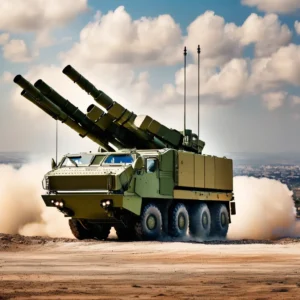
Strategic Implications for Global Defense Policies
The advancements in air defense technologies by Israel and Russia have profound implications for global defense policies. Other nations closely monitor these developments, influencing their own defense strategies and investments in similar technologies. The export and proliferation of advanced systems like the S-400 also reshape defense alliances and strategic partnerships globally.
Israel’s partnerships, particularly with the United States, and the demonstrated effectiveness of systems like the Iron Dome, underscore the importance of technological collaboration in modern defense strategies. Nations aiming to bolster their air defense capabilities look towards these systems as models for development and deployment.
Russia’s strategic deployment and export of the S-400 affect global defense dynamics, encouraging nations to enhance their air defense capabilities as part of broader strategic considerations. The technological advancements and deployment philosophies of both Israel and Russia continue to influence global defense policies, setting benchmarks for modern air defense operations and strategic.
